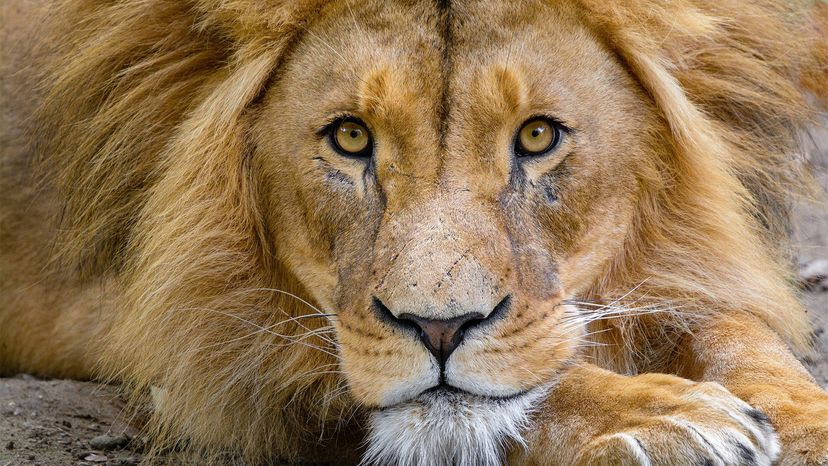Thousands of years ago, lions stalked northern Africa, southwestern Asia, the Middle East and portions of Europe. (Reportedly, one pride harassed Persian invaders during a military campaign through Greece in the year 480 B.C.E.) Since then, their range has dwindled considerably. But today, we still have a living reminder of an age when these dreaded cats patrolled three continents.
Step right up and meet the Asiatic lion. Found exclusively in northwestern India, this animal is essentially a holdover: While lions were dying out in Greece, Iran and elsewhere, a small population staved off extinction in the Indian state of Gujurat. Compared to their African brethren, Asiatic lions have bigger tail tufts and thinner manes which leave the ears exposed. In terms of overall body size, these Indian felines are roughly 10 to 20 percent smaller.
Conservationists have every right to be concerned about both varieties. Between 1994 and 2015, the number of wild lions in Africa dropped by 43 percent. Currently there are only around 20,000 of these cats left on the continent. Meanwhile, the International Union for Conservation of Nature lists the Asiatic lion as endangered — but there are some positive signs. A 2017 field survey counted about 650 individuals living in their natural habitat. That's a step up from an earlier 2015 census, which only documented 523 wild lions.

